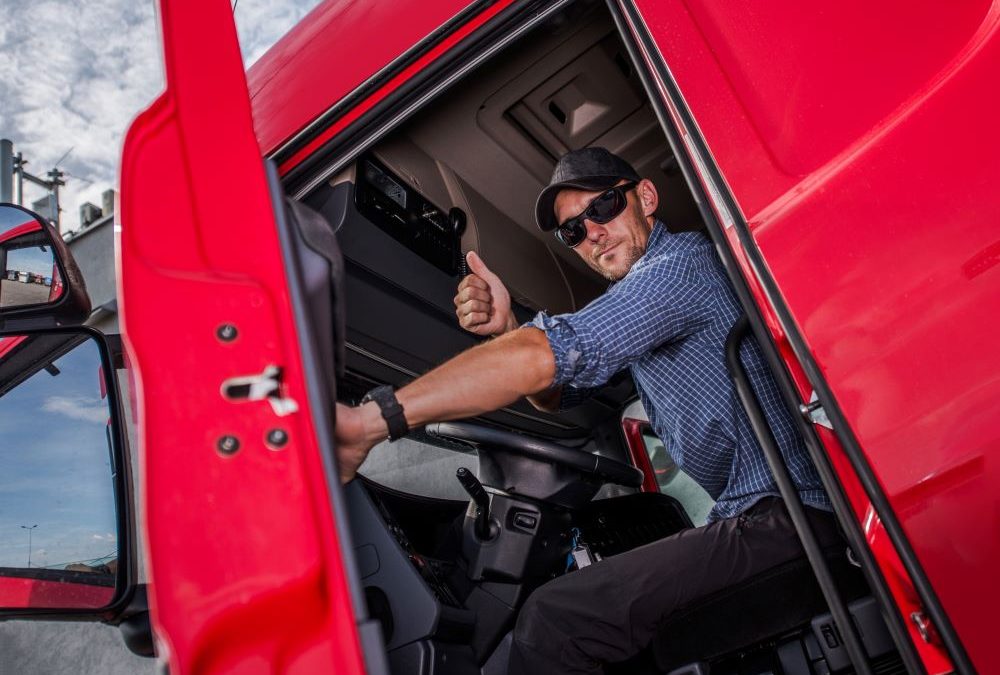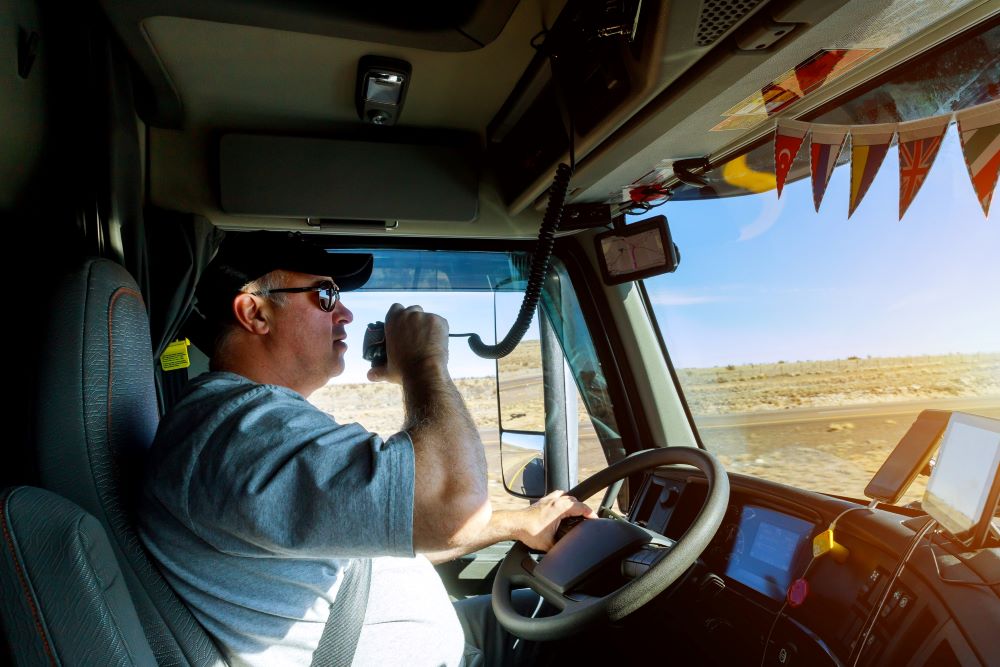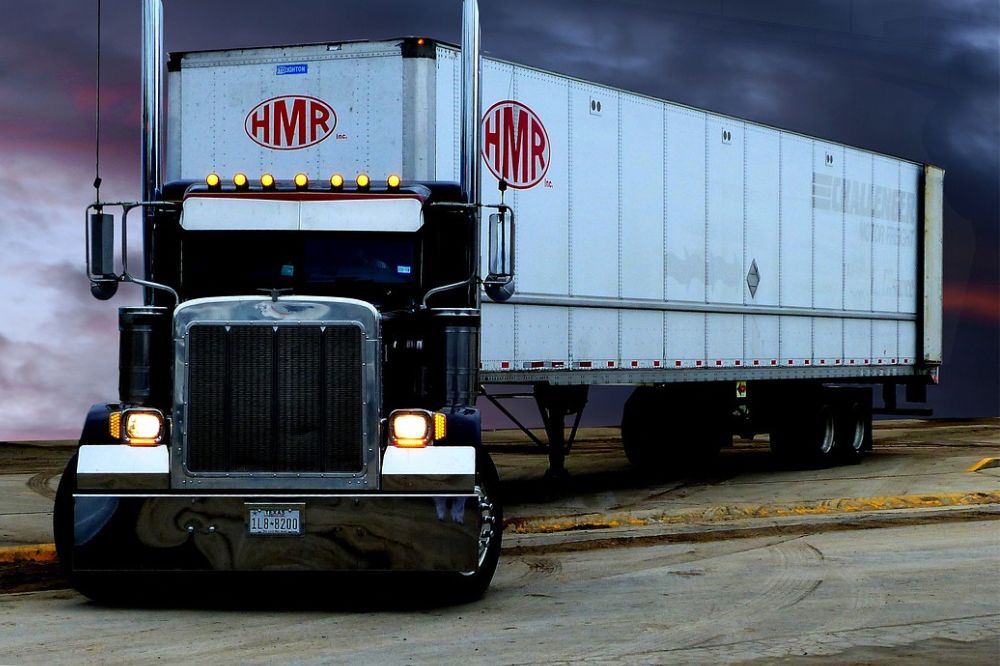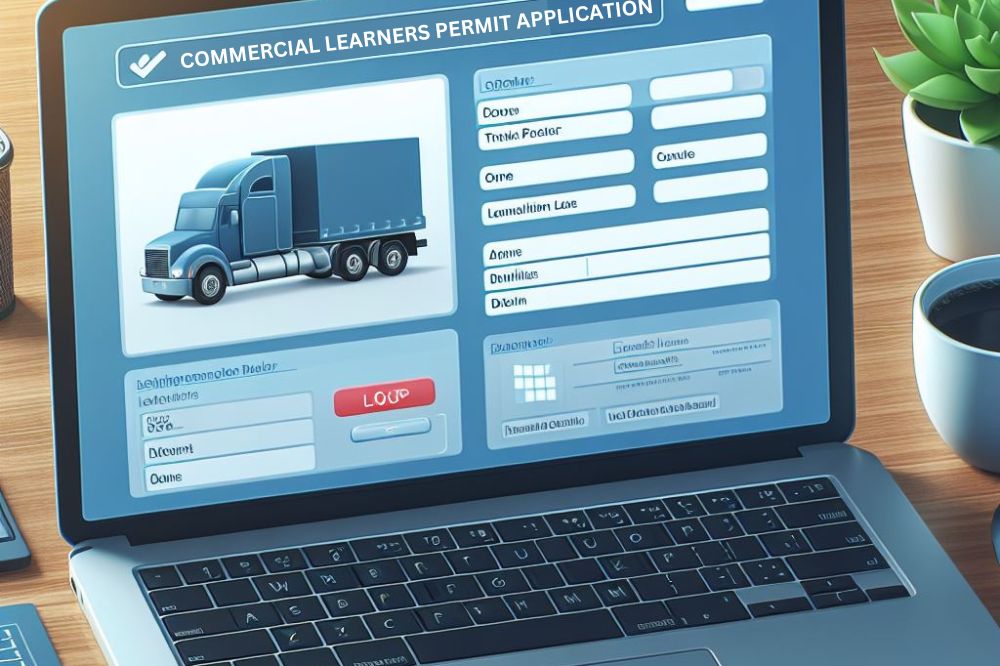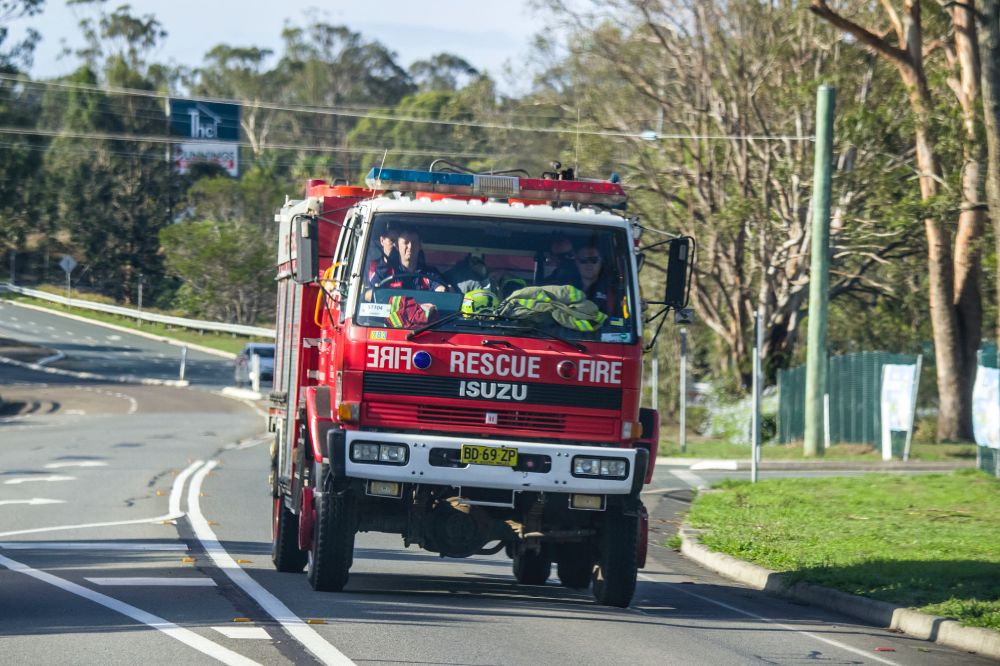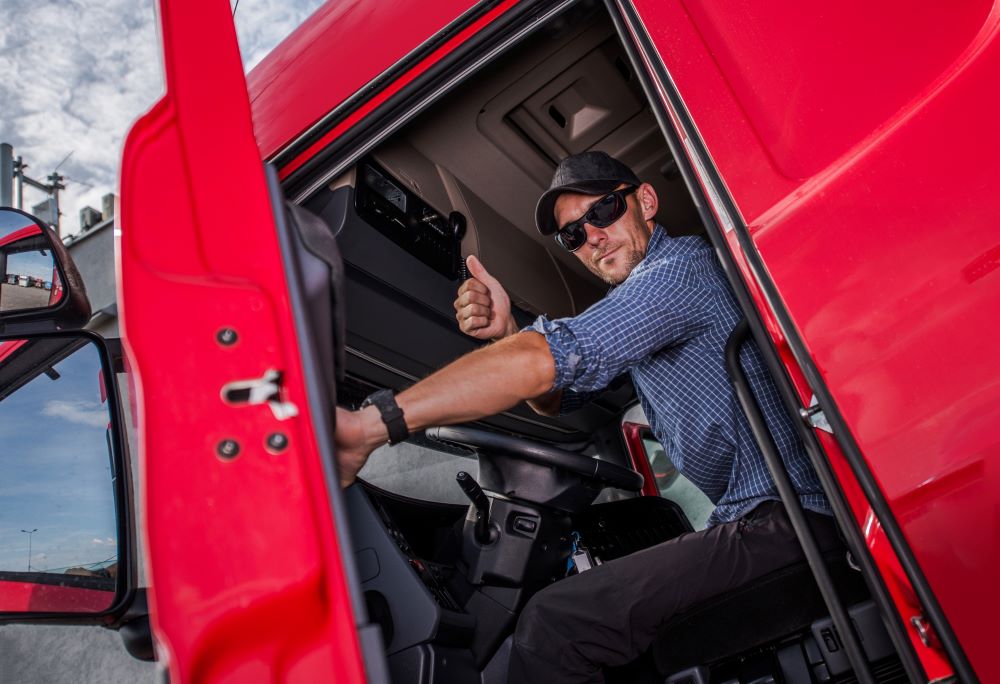
Health tips for truck drivers are crucial considering truckers in the U.S. are more prone to lifestyle-related diseases such as hypertension, obesity, diabetes, and heart disease compared to other working adults
Additionally, they face an increased risk of musculoskeletal pain, especially chronic back pain, due to their sedentary lifestyle and prolonged periods of sitting behind the wheel.
However, there are several strategies truck drivers can adopt to mitigate these health risks and lead a healthier life while on the road. Here are some essential health tips specifically tailored for truck drivers
Common Job Health Hazards For Truck Drivers
Professional truck drivers, especially over-the-road (OTR) drivers, face several health hazards while on duty. Some of the most common occupational health hazards in the trucking field include:
- Prolonged driving in poor postures. This increases the risk of severe leg, lower back, and neck pain. Whole-body vibrations can also impair musculoskeletal functions and lead to fatigue.
- Prolonged exposure to UV radiation. Too much sun exposure can cause eye damage.
Inhalation of exhaust fumes - Long-term exposure to engine noise that’s too loud (Over 80 decibels) – can lead to severe headaches while increasing the risk of hearing loss.
- Exposure to toxic substances when transporting hazardous cargo. There’s also an increased risk of contamination or infection from biologically hazardous material.
- Limited access to nutritionally balanced meals
- Unbalanced sleep routines
- High stress levels. Often, this is due to changing road situations and being away from family members for too long.

8 Tips for Better Health
While all the factors above threaten your overall health and well-being as a truck driver, you can minimize their impact by actively taking several steps to stay healthy. Here are a few truck driver health tips you can easily weave into your daily routine to promote good health.
Maintain A Healthy Diet
Many truck drivers opt for fast food and sodas because of their easy availability, low cost, and convenience for their on-the-go lifestyle. However, these food choices are detrimental to health. Fast food consumption is linked to increased risk of medical conditions such as high blood pressure and obesity.
To avoid health problems, it’s essential to reduce the consumption of junk food and transition to a healthier diet. A nutritious diet enhances the immune system, improving the body’s ability to combat illnesses, promotes better sleep, and regulates blood sugar levels.
A healthy diet for truck drivers should include foods rich in iron, Omega-3 fatty acids, and vitamin C, such as leafy vegetables, salads, nuts, fruits, and whole grains. Planning meals can help establish healthy eating habits as part of daily routines.
For over-the-road (OTR) drivers who enjoy snacking, opt for low-sugar, high-protein, fiber-rich snacks like whole grain crackers.
It’s beneficial to eat small, light portions of food at a time rather than large servings. Consistently eating smaller portions promotes alertness and focus on the job, while consuming large quantities can lead to fatigue.
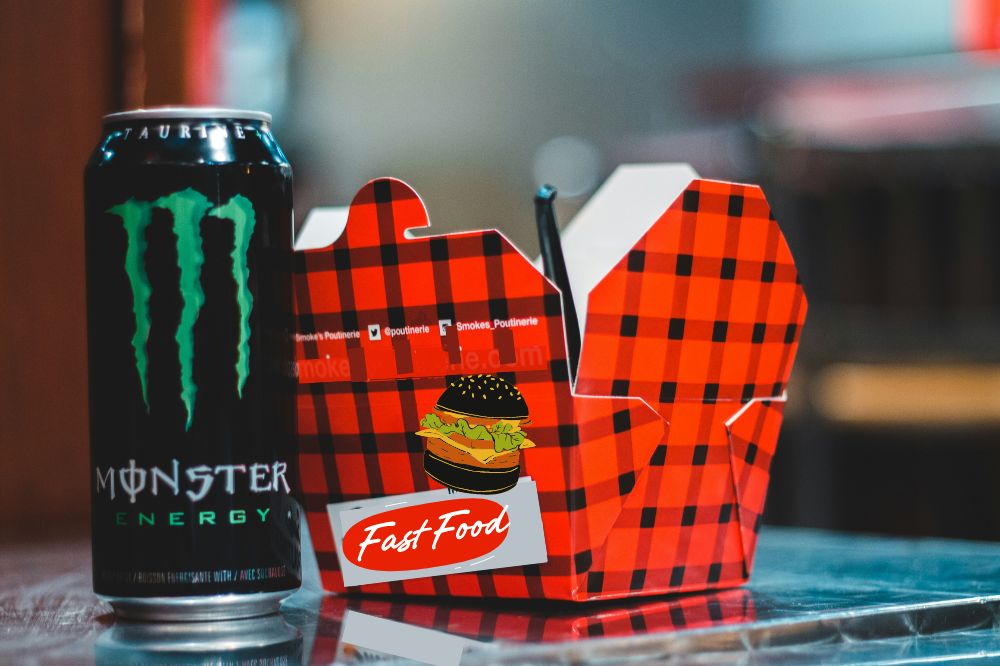
Avoid Stimulants Like Caffeine
Overindulging in coffee and energy drinks can have detrimental effects on your body, offering only a temporary surge of energy and alertness. It’s crucial to recognize that these beverages are not substitutes for adequate rest. Instead of relying on them whenever you feel tired, prioritize getting proper rest.
If you enjoy coffee, consider gradually reducing your consumption to lessen dependence. Explore healthier alternatives such as incorporating blended fruits and vegetables into your diet to create nutritious green smoothies. These alternatives can provide sustained energy without the potential negative consequences associated with excessive caffeine intake.
Stay Hydrated
Staying well-hydrated is one of the most underrated health tips for truck drivers. Hydration is vital for truck drivers’ health. Many overlook its benefits, only drinking when thirsty or at truck stops. Aim to drink a few glasses of water regularly to stay hydrated and healthy.
Take Breaks and Stretch
Taking regular breaks to stretch and rest during trips is vital, especially if you are a long-haul truck driver. Regular stretching decreases the risk of injuries from being behind the wheel for long hours. It also improves your mental health and alertness and, thus, is essential for your safety during long-haul trucking.
Make it a habit to stretch for 5 to 10 minutes daily during your downtime, i.e., when refueling or waiting for freight loading or offloading.

Exercise Regularly
Regular exercise makes a big difference in your physical and mental health. When done right, exercise corrects your body posture, reversing the adverse effects of driving for extended periods. Proper workouts also:
- Helps reduce stress
- Improve your immune system responses
- Boost cardiovascular health
- Helps maintain the correct body weight for your height, body type, and bone structure
- Keep your energy levels up throughout the day
You don’t need hours of workout or gym equipment to reap all the benefits of regular exercise. Take a few minutes from your daily schedule to perform a mobility and strength training exercise routine, then walk or jog for at least 15 minutes.

Quit Smoking
If you smoke, consider quitting. Smoking compromises your immunity, making you vulnerable to several health issues, including lung and heart diseases.
Smoking negates the benefits of other healthy habits you may adopt as a truck driver. Even if you eat well and exercise regularly, smoking keeps your risk of heart or lung problems elevated.
Get Enough Sleep
Proper sleep is vital for your health and safety on the road. It restores your body so you can stay focused when driving.
To ensure you get high-quality sleep, wear a sleep mask or close the curtains to prevent light from entering the sleeping area. Sleeping in a completely dark area keeps your melatonin levels high, improving sleep quality.
Manage stress
Stress affects your ability to operate your truck safely – too much stress can make you lose focus when driving. This puts you and other road users at risk of severe injuries from fatal crashes. You can manage stress and remain mindful of your mental health by:
- Practicing meditation
- Taking breaks to relax and actively take in fresh air
- Listening to your favorite tunes
- Staying connected with your loved ones and speaking to them regularly
Final Thoughts
Truck driver health is a concern for almost all stakeholders in the trucking industry because it’s tied to public road safety. The healthier you are, the safer you’ll be on the road.
Implementing the health tips we’ve discussed can contribute to a long, healthy, and safe career as a trucker. However, you don’t need to adopt all these changes at once. Start gradually by focusing on one or two habits at a time.
Consistency is key. The objective is to establish a healthier lifestyle for the long term.
For more truck driver health and safety tips, check out our detailed guides about safety for truckers.

